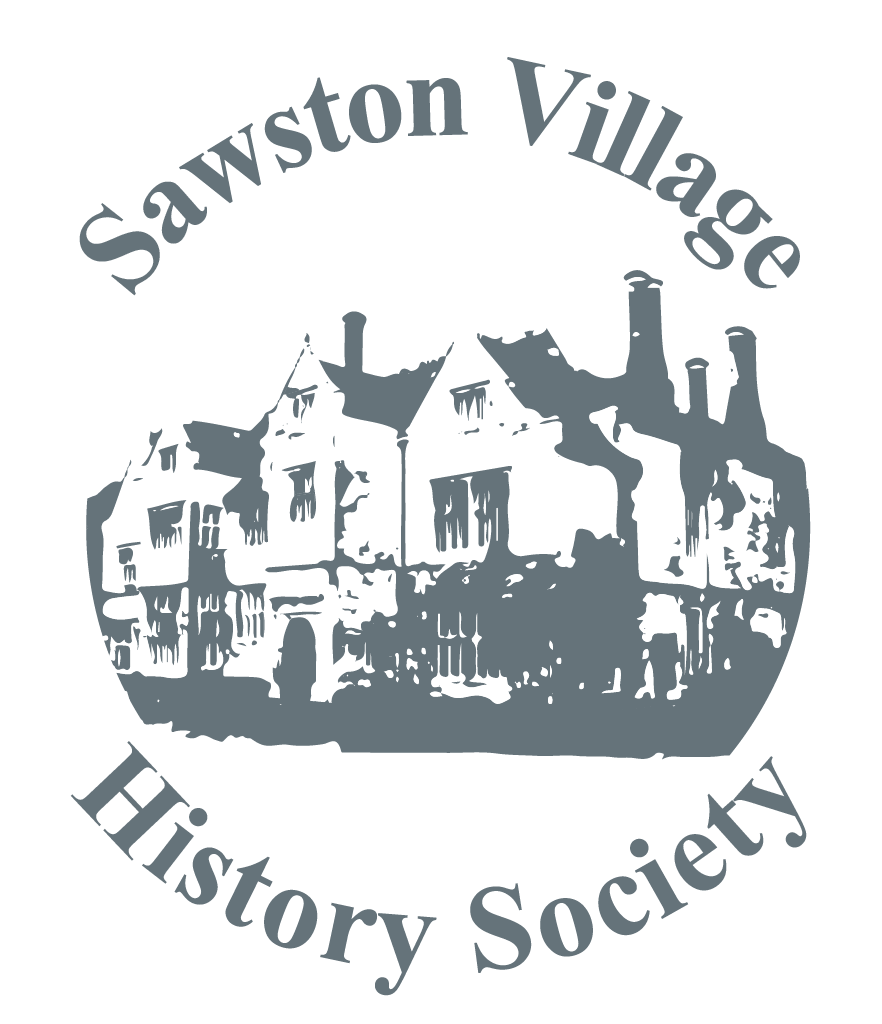
Georgina Green gave a talk to Sawston Village History Society about Epping Forest on 14th April.
Epping Forest extends to about 6000 acres on a ridge between the Rivers Lee and Roding. The soil is gravel in the south and Boulder clay in the north which has led to a diverse ecology recognised by its designation as a Site of Special Scientific Interest (SSSI), particularly rich in dragonflies.
Evidence has been found of a camp with flint chippings from Mesolithic times, and of Iron Age camps at Loughton and Epping. These appear to have been hiding places rather than settlements. People living down in the river valleys would bring their livestock up into the forest when trouble threatened.
The Romans originally built a wooden town which was destroyed by fire. A mosaic floor has been discovered at Wansted Park, which may have been part of a Roman Villa or an army headquarters.
The Saxons followed the Romans, and their influence can still be found in many local names. Tye as part of the name indicates that the area was an extension from the local village as the population grew and had to expand outwards and take in more land. Greensted church was mentioned as the oldest Saxon wooden church.
By the time of the Doomsday book there was much more farming in the area and the system of Pannage allowed pigs to feed in the forest. The predominant tree in the forest had been the English lime, but the Saxons introduced oak and beech which came to predominate in most of the forest. The Normans introduced fallow deer which were protected under forest laws which lasted until 1878. Breaking these laws resulted mainly in fines which provided a very useful income stream rather like parking tickets today.
Tree management consisted of coppicing which provided the peasants with firewood. Cutting back to ground level encouraged the roots to branch out and produce more suckers. In places where animals grazed the alternative was pollarding. The trunk of the tree was left to about 6 feet, and branches cut off above this. A number of plants were used for medicinal purposes. Elder was used as a fly repellent, and hornbeam was important for charcoal burning. Charcoal stoves were very efficient, and the men who made charcoal were called colliers long before coal mining became important.
Brick making was another important industry on the brick earth sites: ponds today show where their quarries were. Roads started as pilgrim routes between Waltham and Barking Abbeys and other green roads. These were further developed after the dissolution, the major ones becoming turnpikes. In the age of the highwaymen, trees were cut back on each side of the road to make attacks more difficult and this can still be seen in some places.
The coming of railways in Victorian times encouraged people to visit the area and a new service industry developed to provide rides to sights and food and entertainment. The Robin Hood pub dates from this time. The forest was much affected by the enclosures, but work by the Commons Preservation Society and the City of London Corporation resulted in much of the enclosed land being returned to the forest, and today Epping Forest functions as a large nature reserve.